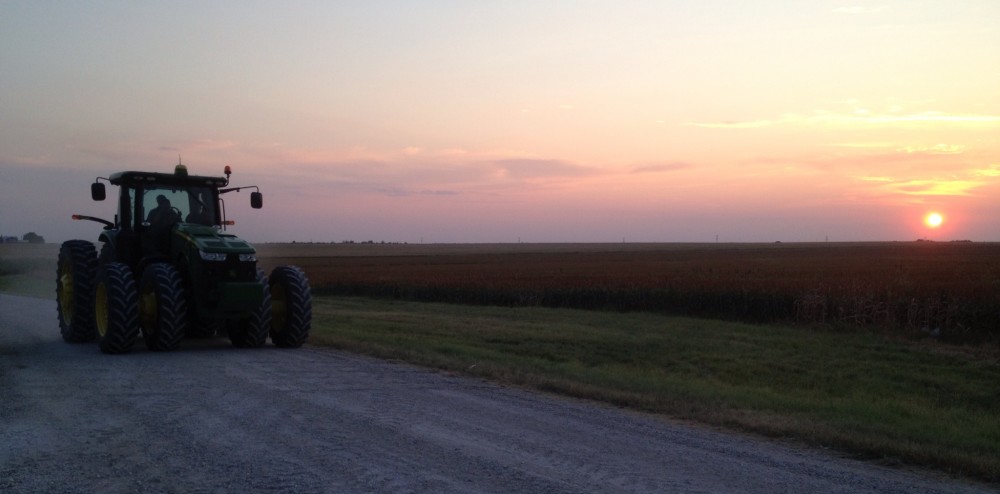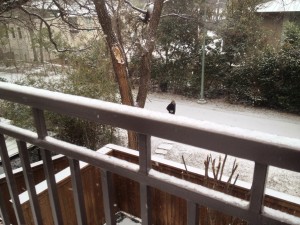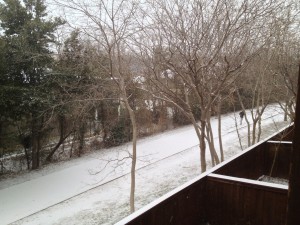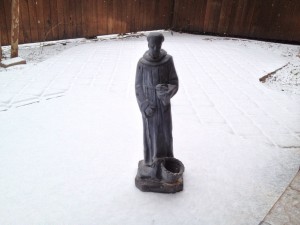“Who moved the Breakfast Rock? I am OG, King of the Cave People, and I demand to know who moved the Breakfast Rock. The shadow from the big hill has shrunk back from the Wake-up Rock, which has been in the light for an hour. The Breakfast Rock should be right beside Wake-up, but it was moved back into the morning shadows and is only now catching the sun. I’ve been up for an hour and I’m hungry. Why am I waiting for breakfast? Who moved forward the time for breakfast?”
“It was I, King OG, Benjamin Frankenrock, Thinker of the Tribe, who stands in the rain and watches the lighting strike. I thought it would be a good idea to let everyone enjoy the summer sun for an hour before breakfast. I also moved the Bed-time rock so we can all go to bed an hour earlier and use less wood on the evening fire. Now, we are the first Green Cave Persons Tribe.”
“Benjamin Frankenrock, you have stood too long in the rain. The ‘Green’ movement does not start for thousands of years. Some of you Neanderthals move those rocks to their proper places so we can get back in tune with the sun. And you, Benjamin, why don’t you take a trip to that ‘Paris, France’ you’re always talking about and practice the writing scribble you invented.”
Many years later Benjamin Franklin did just that. He moved to Paris, France. Now, this Benjamin Franklin was the very great great great grandson of the first Benjamin Frankenrock, and like his granddad, Benjamin of the new United States of America liked to stand in the rain, watch the lighting and discover new things like electricity with kites and keys. Well, in an old bookstore in Paris, Benjamin of the US of A discovered some old rock writings signed by a “B. F., Caveman.” Curious, our B. F. studied the drawings. The next morning he woke with a flash and blurted out to the world: “Daylight Savings Time! I have rediscovered it!”
And, he did.
Unfortunately, in the history of Man, Cro-Magnon and Neanderthal, Daylight Savings Time is the most complicated thing that has ever been invented. King OG didn’t understand it. We don’t understand it. No one understands it. But, the daylight savings thing of the Benjamin’s appears here to stay.
I have read many definitions and explanations of Daylight Savings Time and none of them are consistent or particularly lucid. So, I will spring-forward and fall-back to the definition that magically appears when I type “Daylight Savings Time” into my Internet Search Engine (as they say, “When in doubt, just ‘Google it.’”). Here is the definition: “Time as adjusted to achieve longer evening daylight, esp. in summer, by setting the clocks an hour ahead of standard time.”
Whether the rationale is rising earlier to enjoy a pre-jentacular horse ride in the park or staying up later for a post-prandial catch of bugs or round of golf, we will never know which argument won out and convinced the world to change from good old-fashioned caveman sun time. Even the supposed saving of firewood, candles, coal and electricity is up for debate, and it is contested by some whether Daylight Savings Time is “green” after all.
It is no lighter — the sun pays no attention to our clocks or our adjustments of them.
When you do use our modern clocks and you spring forward an hour in the spring and fall back and hour in the fall, which is the simplest description of what you do to be in sync with Daylight Savings Time, it does certainly seem, to us who use the clocks, darker in the morning and lighter in the evening than Sol, our star, intended, and that, for some with their reasons, is apparently a comfort and justification, though, I suspect, for us, the many, it is more a distraction and puzzlement than a cause to stand in the rain with kite and key and wait for the lighting flash.
“Ouch, that hurt!” young Benjamin exclaimed in the rain, holding his kite. “I wonder what time it is. With the wet, my watch is ruined. Oh, no bother, our Sun knows best.”
Well said, Benjamin, well said, as you said, in your book, remember the line: “Early to bed and early to rise, makes a man healthy, wealthy and wise.” That’s what it really is all about. I think we can leave the sun in its hours to Mother Nature, and let King OG have his breakfast on time.
Have a great day – it’s the same number of hours either way.
Grandpa Jim













